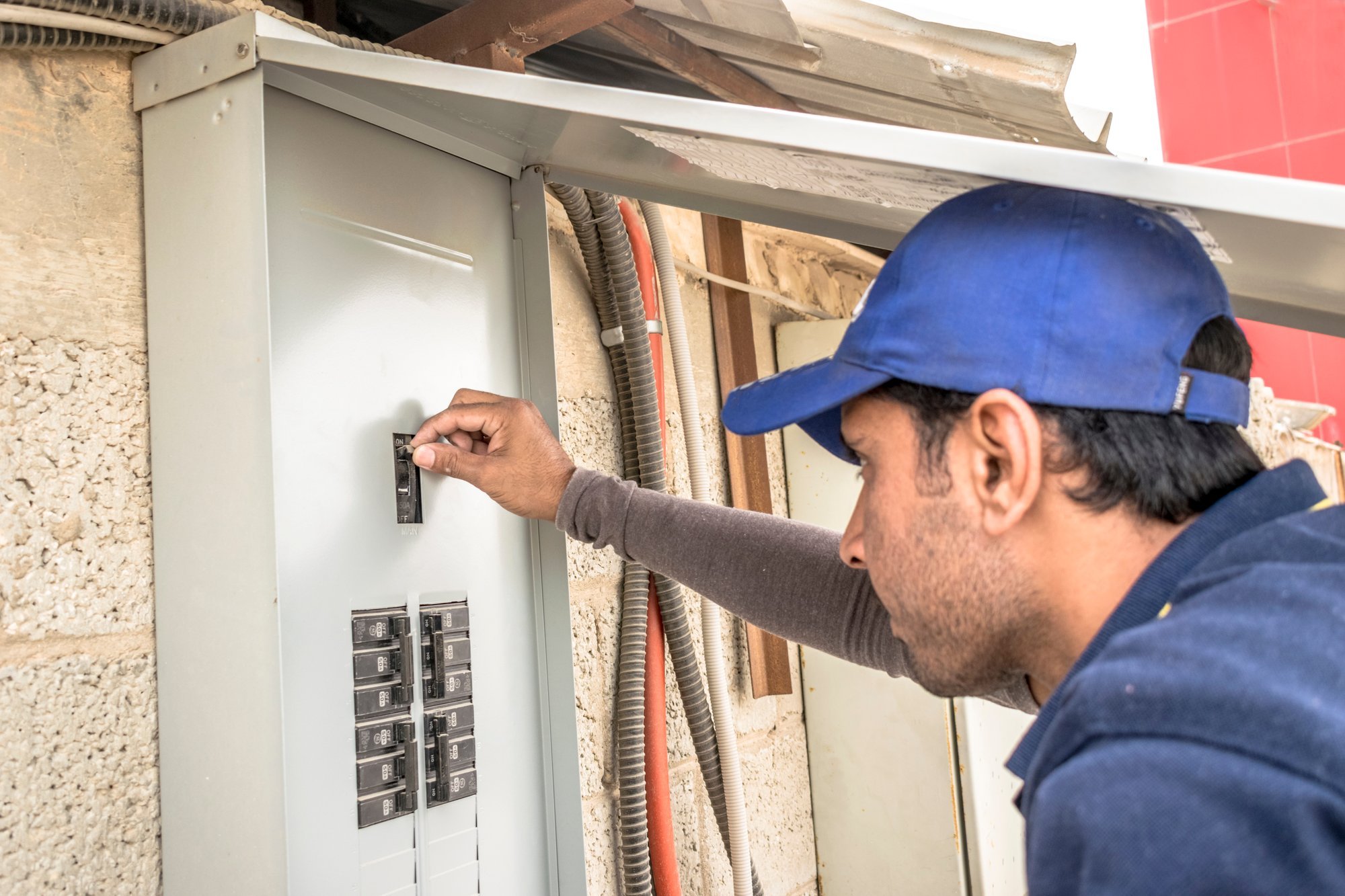Main Breaker 101: Everything You Need to Know
The main breaker silently stands guard, ensuring the safe and smooth flow of power throughout your circuits. But what exactly is this switch, and how does it differ from its smaller types? Let's delve into the world of main breakers and uncover their crucial role in keeping your lights on and your appliances buzzing.
The Benefit of Main Breaker
Beyond simply controlling the flow, the main breaker offers benefits that keep your home safe and functional. One of its primary functions is safeguarding against electrical overloads, which can potentially lead to fires or equipment damage. The main breaker acts as a crucial first line of defense. Its shutting off power when the total current demand exceeds its designated capacity,
Need to instantly stop the flow of electricity throughout your home? The main breaker is the solution. This centralized control allows you to quickly isolate the entire system.
Main Breaker vs. Main Lug
Sometimes, you might encounter electrical panels with a main lug instead of a breaker. While both reside in electrical panels and facilitate the flow of electricity, their roles differ significantly.
Main Breaker
It has a switch to control and disconnect the entire system, acting as the ultimate power switch.
Prevent electrical failures by keeping circuits safe from overloads and short circuits.
Perfect for areas where a quick power outage is essential especially for maintenance purposes. Ideally for residential or commercial buildings.
Main Lug
Passively directing incoming power to various circuits, distributing power without overload protection.
Employed in setups with multiple distribution points and a centralized disconnect, such as industrial settings.
Commonly used in subpanels where separate control exists elsewhere.
Choosing between them depends on your needs. If you prioritize safety, main breakers with its centralized control and protection is the ideal choice. However, if you're dealing with multiple subpanels or require individual circuit protection flexibility, the main lug offers a convenient connection point.
Convert from a main lug to a main breaker is possible. But its best left to the skilled hands of qualified electricians because of the complexity.
Main Breaker vs. Other Breakers
Types of Circuit Breaker
Before we dive into the difference, you should understand the types of breakers. Here's a breakdown of some common types and their key differences:
Main breaker: Controls the entire electrical system of a building.
Branch circuit breakers: Protect individual circuits, like those for lights, outlets, or appliances.
GFCI breakers: Provide additional protection against ground faults, reducing the risk of shock.
AFCI breakers: Offer protection against arc faults, which can occur because of damaged wiring or loose connections.
Key Difference
While all circuit breakers play a crucial role in protecting electrical systems, the main breaker stands out. It controls the entire flow of power. Here's a breakdown of the key differences between the main breaker and other circuit breakers:
Scope of Protection
Main Breaker: It acts as the master switch, overseeing the entire electrical system of a building. Essentially, it ensures the total incoming power stays within safe limits. Also, instantly shuts down the entire system in case of overloads or short circuits. It protects every single circuit and branch within the house or building.
Other Circuit Breakers: Branch circuit breakers monitor the specific amperage draw within their assigned sections. It trips only if that circuit experiences an overload or short circuit. They don't directly control the overall power flow and can't protect other circuits from issues within their dedicated areas. GFCIs and AFCIs offer additional protection against specific electrical hazards.
Size and Capacity
Main Breaker: It's typically the largest and most robust breaker in the electrical panel, rated for much higher amperage (often double or triple) compared to other circuit breakers. This allows it to handle the total demand of all circuits combined.
Other Circuit Breakers: Branch breakers come in various sizes and amperage ratings. It depends on the specific load needs of the circuits they control. For example, a circuit breaker for outlets will be smaller than one for an electric oven.
Functionality
Main Breaker: It primarily focuses on safety as a central control point. You can manually switch it on and off for maintenance or emergencies. But its most crucial function is automatic tripping to prevent electrical hazards.
Other Circuit Breakers: They offer both safety and control in their specific areas. They automatically trip during overloads or short circuits. Each breaker can be switched on and off separately for maintenance or to isolate specific circuits.
Applications
Main Breaker: Found in every electrical panel, regardless of size or type. Non-negotiable component for ensuring overall system safety and control.
Other Circuit Breakers: Their presence and types vary depending on the electrical needs of the space. Branch breakers are located within the panel or near the appliances they protect. The installation of GFCIs and AFCIs mostly in specific circuits like outlets in wet areas.
Houses have a specific set of circuit breakers for different areas, while industrial settings might have a more complex distribution system requiring additional or specialized breakers.
Most branch breakers can be reset after tripping if the overload is cleared. GFCIs and AFCIs usually require reset after tripping. Main breakers often require professional intervention because of potentially high amperage involved.
Conclusion
The main breaker is the big switch that controls all the electricity in your house, making sure everything runs safely and smoothly. If something goes wrong, the main breaker automatically shuts things down to prevent damage or fires.
Under certain circumstances, you will find a main lug instead of main breaker. Especially, if you have subpanels inside the building. The function of the main breaker differs from that of other kinds of circuit breakers. Main breaker controls all power; others guard individual circuits, like smaller security guards with specific zones.
Never attempt to handle the main breaker yourself unless you're a qualified electrician. Its high voltage and critical role pose serious safety risks. For any electrical work, especially involving the main breaker, always consult a professional.


